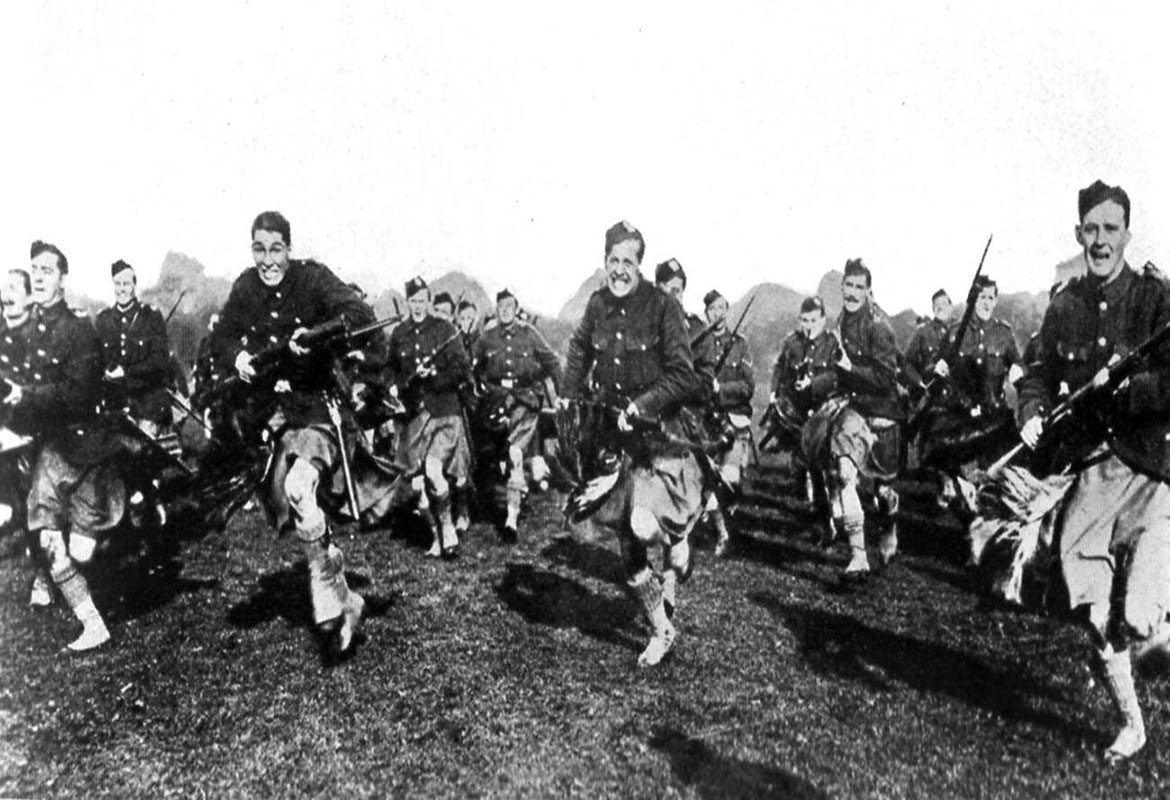Scottish Kilt History
The Scottish kilt History, rooted in 16th-century Highland attire, evolved into a symbol of national pride. Transitioning from the belted plaid, it embraced tartans, military significance, and global popularity, preserving cultural heritage.
First of all,
More than just an item of apparel, the Scottish kilt is an icon of custom and cultural pride. Its history is a centuries-old woven tapestry that shows how a distinct Scottish identity has developed. We take a trip through time in this blog to explore the many facets of the rich history of the Scottish kilt.
Beginnings & Initial Developments:
The 16th century is when the Scottish kilt first appeared. At first, it was just a useful item of Highland clothing, not the famous item we know today. The “belted plaid,” also known as the “féileadh-mór,” was a belt-fastened piece of cloth. That was wrapped around the torso and used as a practical and adaptable outfit for the untamed Scottish landscape.
The Shift to the Contemporary Kilt:
The kilt changed over time as different styles emerged. The 18th century saw the change from the belted plaid to the contemporary kilt. The little kilt, or “philamhor,” appeared with a separate garment worn above the waist and a fitted, pleated pattern. This invention not only offered a more practical and cozy substitute, but it also established the basis for the iconic kilt that is still in use today.
Clan affiliations and tartans:
The tartan pattern is essential to the Scottish kilt’s identity. Each unique woven pattern on a tartan is connected to a particular clan or geographic area. The 19th century saw a rise in the popularity of tartans and clans, partly due to idealized ideas about Scottish identity. Tartans are now an important part in commemorating and maintaining local and family relationships.
A representation of Scottish identity:
From being a merely practical item, the Scottish kilt has come to represent pride in the country and identity. The kilt gained popularity during the Victorian era due to a spike in interest in Scotland’s idealized past. The kilt’s prominence was further cemented by Queen Victoria’s support of Highland culture. Which resulted in its acceptance as a staple of both military and civilian apparel.
Military Importance:
The military made a strong case for the Scottish kilt. Kilts were a component of the official uniform of regiments such as the Royal Highland Regiment’s Black Watch. On conflicts all around the world, the kilt has come to represent bravery and tenacity. Kilts are still worn by military troops today as part of ceremonial attire, upholding a centuries-old custom.

Popularity Worldwide and Modern Expression:
The Scottish kilt crossed national boundaries and gained international recognition. Its as a symbol of Scottish history in the 20th and 21st centuries. People all across the world were wearing kilts to show their connection to this rich cultural institution, demonstrating. The fashion’s appeal well beyond Scotland. Modern kilts are adaptable clothing appropriate for a range of events, even if they have their roots in tradition.
Cultural heritage and preservation initiatives:
There have been continuous efforts to honor and preserve the history of the Scottish kilt. The cataloging and registration of tartan patterns by organizations like the Scottish Tartans Authority is essential to maintaining. The acknowledgment of local and family ties. The kilt plays a prominent role in the colorful fabric of Scottish tradition. Which is enhanced by Highland sports, festivals, and cultural events.
In summary:
The fascinating journey through time that is the history of the Scottish kilt demonstrates. The flexibility and durability of a garment that has come to represent the identity of a people. The modest origins of the Scottish kilt in the rough Highlands and its current widespread recognition are testaments to the strength of cultural traditions that endure. The kilt continues to tell a tale that appeals to Scots and aficionados worldwide. Whether worn for ceremonial, military, or daily use.
